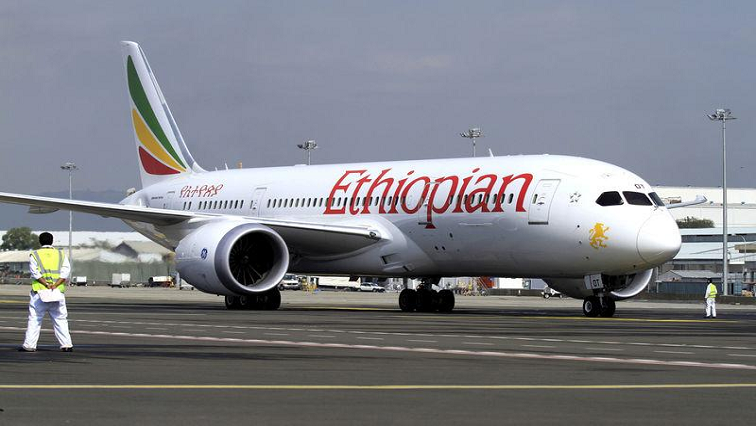The Zimbabwe dollar is showing signs of stabilising, with the gap between the official and parallel-market exchange rates closing and inflation easing.
Speaking to Bloomberg by phone, Harare-based economist and a member of the Reserve Bank of Zimbabwe’s monetary policy committee (MPC), Persistence Gwanyanya, said:
We have basically converged with an acceptable premium between the alternative and interbank rates. The markets are at equilibrium.
The latest foreign exchange weighted average rate announced by the RBZ on Tuesday is Z$604 per dollar, with businesses allowed to add a 10% markup in pricing goods and services.
This brings it close to the parallel market rate of between Z$650 and Z$800 per greenback.
Since May, the government has unveiled a raft of measures which include issuing gold coins, legalising the use of the US dollar and a brief ban on bank lending in a bid to stabilise the local currency and arrest runaway inflation.
Gwanyanya said with the currency markets stabilising, the central bank now expects businesses to begin cutting prices. He said:
It is inescapable. The next wave is that of price reductions and that will cement the stability.
Gwanyanya also said the RBZ won’t rush to cut its key interest rate, currently the world’s highest at 200%, as doing so will reverse the gains made so far.
Meanwhile, Lloyd Mlotshwa, who is the head of research at IH Securities, a Harare-based brokerage firm, said it is unclear whether some of the measures imposed to bring the exchange rates in line are sustainable. He said:
The convergence has been achieved by punitively constricting local-currency liquidity, that is by stopping government contract payments, increasing interest rates to 200% and taxes on capital markets.




